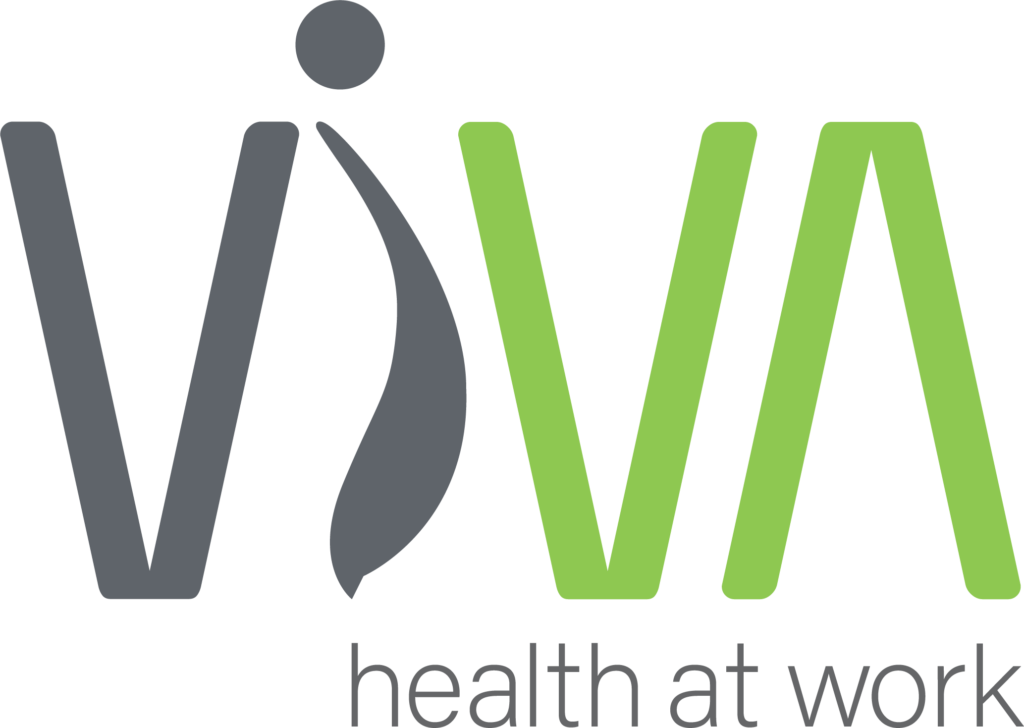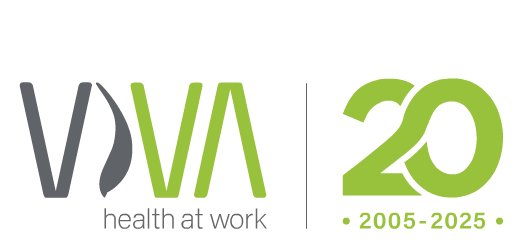PONTOON FERRY GATE DESIGN & ERGONOMIC RISK FACTORS
ViVA provided the human-centred ergonomic design parameters on ferry gate design for interactions by diverse ferry staff and maintainers while maintaining passenger safety.
PROJECT LEAD
PROJECT TEAM
PARTNERED WITH
Software Solutions, ErgoAnalyst
Context
River ferry transportation is a staple in Australian major city commuter transit options. The ferry operators also oversee the passenger interactions at pontoon ferry gates. The pontoon and gates are significant capital infrastructure managed by citie – they must be designed well for passenger safety, transport efficiency, and river ferry staff safety.
Challenge
A local government entity and river ferry operator needed an ergonomic review of the design of their pontoon ferry gates post flooding and rebuilds to ensure risk mitigation in their operation and use by ferry staff while ensuring passenger safety. The gates serve as a barrier to river access outside of ferry transfers.
Approach
The ViVA human factors and ergonomics team ran focus group simulated trials evaluating the task demands of staff and passenger interface with the gates. ViVA conducted interviews, integrated risk assessments, and considered the design specifications against operational usage patterns.
Outcomes
ViVA determined recommendations to reduce pinch points in opening gates and securing latches. Their recommendations included methods to reduce exertion requirements when manoeuvring gates. ViVA also developed the user testing trial protocols to consider diverse user and maintainer scenarios on an ongoing basis.

